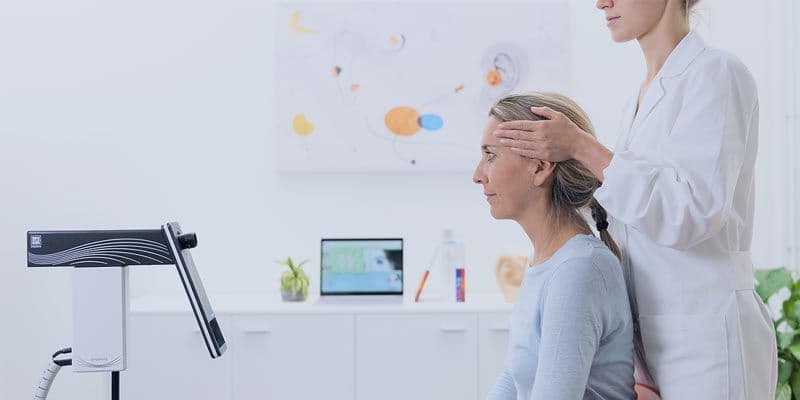Mirror Therapy for Phantom Limb Pain with Virtual Reality

Phantom limb pain is a condition experienced by many individuals who have undergone amputation. The sensation of pain or discomfort in a limb that no longer exists can be both puzzling and distressing.
What is Phantom Limb Pain?
Phantom Limb Pain (PLP) is a condition where individuals experience pain sensations in a limb that has been amputated. Despite the physical absence of the limb, the brain continues to receive signals that it interprets as pain originating from the missing limb. This pain can vary widely, from mild discomfort to severe, debilitating sensations, and may feel like burning, stabbing, or throbbing.
What Causes Phantom Limb Pain?
The exact cause of PLP is not fully understood, but it is believed to occur due to complex interactions within the nervous system, where the brain and spinal cord continue to process signals from nerves that once served the amputated limb.
One common explanation for phantom limb pain is the “neuroplasticity” model, which suggests that after amputation, the brain reorganizes itself. In this process, brain areas once responsible for the missing limb begin to respond to other parts of the body, causing unusual sensations perceived as pain in the absent limb.
Another theory, the “peripheral nerve” hypothesis, argues that pain comes from damaged nerve endings at the amputation site, which send incorrect signals to the brain.
The “spinal cord sensitization” theory adds that changes in the spinal cord’s neural circuits may amplify pain signals, contributing to phantom limb sensations.
Psychological factors, such as stress and memories of pain before amputation, may also influence the persistence and severity of phantom limb pain. These theories show that this condition involves both the brain and the body’s nervous system.






